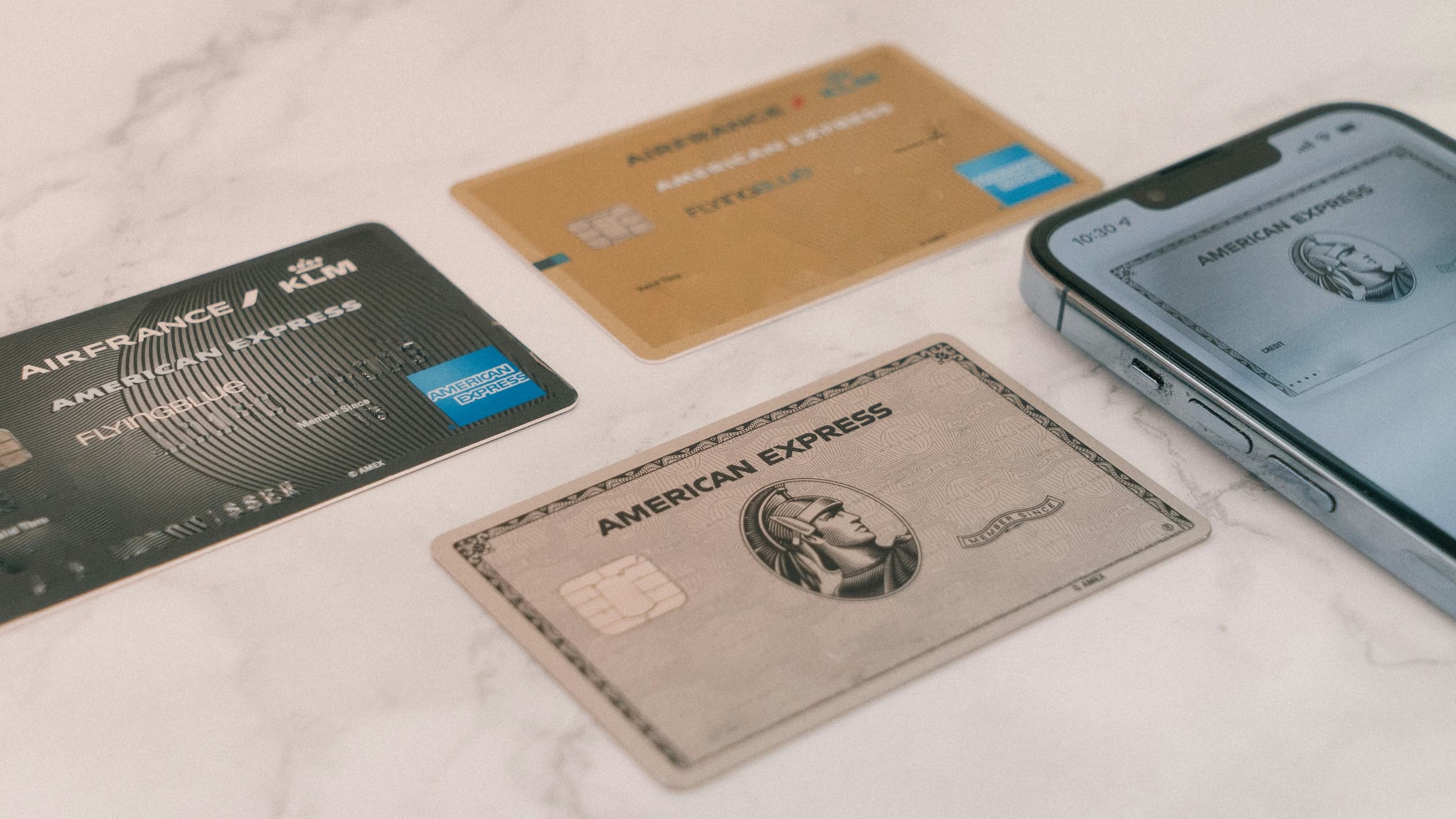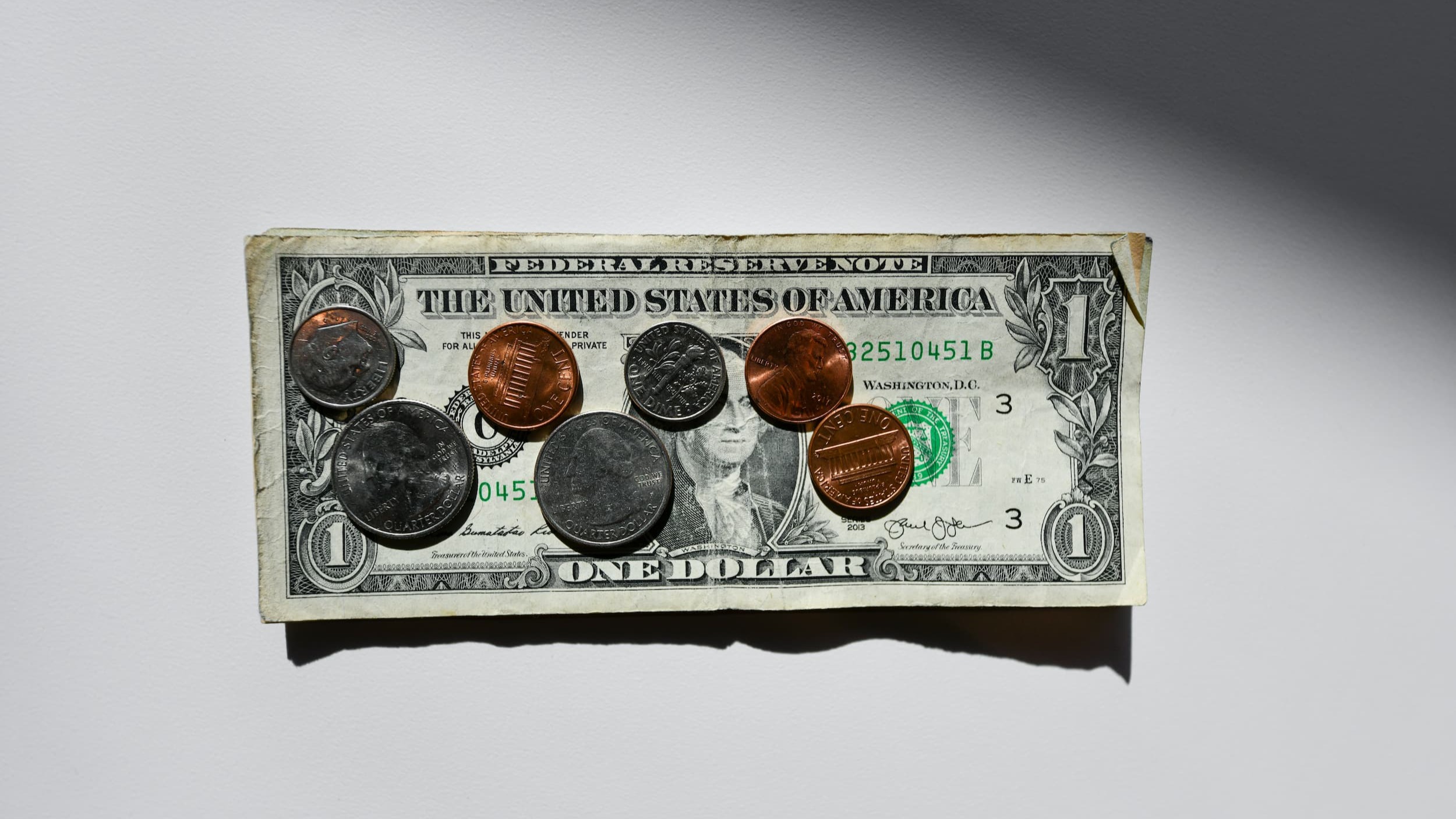 Your Money
Your Money What Was the Largest Credit Card Purchase Ever?
The largest credit card purchase in history was made by Chinese magnate Liu Yiqian in 2015. Find out what he bought and how much he spent.



Electronic transfers through the SPEI system are one of the most popular ways to send or receive money in Mexico. However, many people are unclear whether the SAT charges taxes on bank transfers or not.
This doubt arises due to regulatory changes issued by the agency, especially as more people receive remittances in the country.
So, do you have to pay taxes on bank transfers? How much money can you transfer without paying taxes?
The reality is that electronic transfers don’t automatically generate taxes. However, it’s important to understand how the SAT monitors transactions and what the potential tax implications are, depending on the source of the funds.
That’s why we’re here.
In this post, we’ll explain more about the topic so you can be clear on how to comply with tax regulations in Mexico.
No, you don’t have to pay taxes on bank transfers through SPEI, nor do you have to declare them. However, it’s important to make some clarifications.
The SAT monitors everything that enters or leaves bank accounts, whether it’s a digital transaction or cash, in both local and foreign currency.
This monitoring ensures that individuals and businesses properly declare their income. But this mostly applies to cash transactions.
Do I Have to Pay Taxes If I Receive a Transfer?
The money you receive could be subject to income tax (ISR) depending on its nature. For example, if it comes from commercial or labor activities that generate income, you are required to pay ISR.
Electronic transfers don’t have a set limit that must be declared to the SAT.
Unlike cash deposits, online transfers don’t require as strict monitoring. This is because the SAT can easily track where the money is coming from or going to since it’s a digital transaction.
However, some banks may set their own limits, but this is unrelated to the SAT and depends on the bank itself. You’ll need to consult them for specific details.
As for cash deposits, there’s no maximum amount, but there are more restrictions.
If you deposit more than 15,000 pesos in a single month, banks are required to notify the SAT. This also applies if you receive several deposits that, combined, exceed that amount during the month, as stated in the 2021 Miscellaneous Fiscal Resolution.
In this case, you’ll most likely have to pay a Cash Deposit Tax (IDE).
Of course, you can deposit a larger amount if you wish. You just need to be aware that the bank will inform the SAT, and you may be asked to prove the origin of those funds. If you have proof, there’s no need to worry.
Yes, you can justify it as long as you have documentation that supports its source. An invoice or CFDI, for example, are valid proofs that indicate where the money comes from.
Also, if these funds are payments for services or sales, for example, they must be reported in your tax return and paid accordingly. This way, it will be considered legitimate, and you won’t have any issues with the SAT.
Receiving remittances in Mexico doesn’t require paying taxes in certain cases.
First, it’s not necessary if they are sent by a first-degree relative, including parents, children, or spouses. Nor is it required if it’s a donation from a third party.
Otherwise, remittances must be declared as income in your tax return, meaning you may need to pay the corresponding ISR.
So, it would be a good idea to keep a record of the remittances you receive, taking into account the exceptions, to avoid any tax complications.
When it comes to electronic transfers, the best option is to use fintech companies like Wise or DolarApp.
However, the most convenient financial platform for Mexicans is DolarApp, not only for receiving money from abroad but also for making quick and efficient transfers.
Additionally, it facilitates international transfers while avoiding the high fees typical of other methods. With this app, you can convert dollars to pesos at the best exchange rate, and the same goes if you want to send MXN to USD.
At the same time, you can request your DolarCard virtual card to make online purchases, or the physical one if you’re traveling abroad.
In short, DolarApp is ideal for travelers or those who need to send money to the U.S. The process is fast, secure, and free of unexpected fees, helping you save and have more control over your finances.
SPEI stands for the Interbank Electronic Payment System, a service managed by the Bank of Mexico. It allows users to transfer money quickly and securely between local bank accounts.
Both individuals and businesses if the sum exceeds 15,000 MXN, whether in national or foreign currency. This also applies to those who purchase cashier's checks with cash, regardless of the check amount.
Yes, you are required to pay if you receive more than 15,000 MXN in cash in a month, unless it’s through electronic transfers, wire transfers, or non-cash payments, as these are exempt from the tax.

The world has borders. Your finances don’t have to.
 Your Money
Your Money The largest credit card purchase in history was made by Chinese magnate Liu Yiqian in 2015. Find out what he bought and how much he spent.

 Your Money
Your Money In most cases, the reference number in a transfer is a unique code that varies depending on the bank or system used.

 Your Money
Your Money Do you know what types of coins and bills circulate in the U.S.? Click here and find out which U.S. coins exist and their value.


